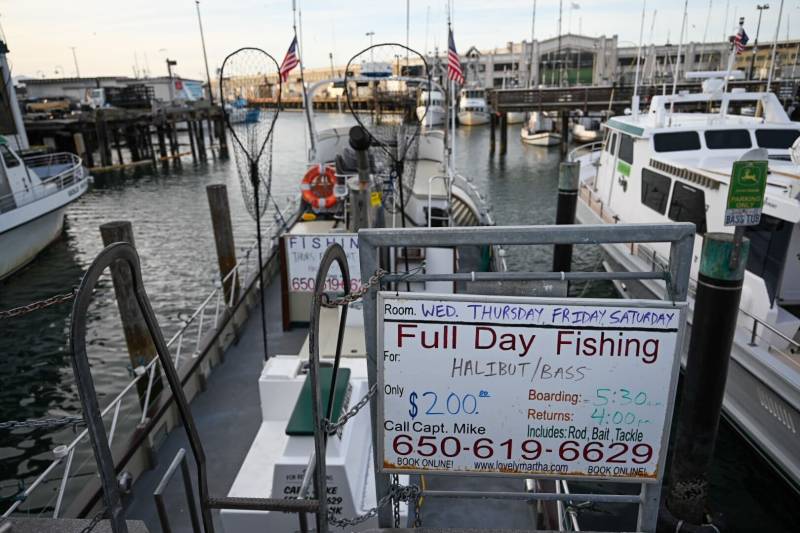Also to blame is a warming and acidifying ocean, toxic dust from tires that kills the fish in hours, dams blocking migration paths, managers diverting water flows for storage and climate-fueled storms complicating river systems.
With all these challenges, the state could lose nearly half of its native salmon and trout species within 50 years, according to a study co-authored by UC Davis professor Robert Lusardi.
Lusardi, who studies freshwater ecology and wetlands, said the closure of the salmon season is a direct result of humans’ alteration of the salmon habitat. Nearly 2 million salmon historically swam up rivers within the Central Valley. This year, Lusardi expects just over 200,000 to spawn.
“What we have left are small populations that I would argue are not diverse, which means they are incapable of acclimating to changing environments,” he said.
‘We need these habitats like yesterday’
In January, Gov. Gavin Newsom outlined his administration’s strategy to restore salmon populations “amidst hotter and drier weather exacerbated by climate change.” The sprawling plan includes improving salmon migration pathways, tearing down dams that block fish from spawning, updating hatcheries and restoring flows in some waterways.
California — alongside environmental groups, tribes and scientists — has started to restore floodplains where juvenile fish can grow into what conservationists call “floodplain fatties,” a nickname for the well-fed salmon that feed off bugs in flooded areas. The state is removing four hydroelectric dams on the Klamath River partly so fish have more room to spawn.
“That’s a beacon of hope for the future, but it has to happen at a faster rate,” Lusardi said. “We need these habitats like yesterday.”
State scientists, including Colin Purdy, environmental program manager for the California Department of Fish and Wildlife, are tasked with implementing the governor’s plan. They have a considerable feat ahead of them. While some of the actions outlined in the state’s new blueprint are already underway, Purdy said changing how fisheries operate “takes years of doing pilot studies to flesh out the details” before hatchery managers can reintroduce the fish into habitats.
“The sooner we can get started on that stuff, the better,” he said.
The Golden State Salmon Association and other groups critiqued the governor’s plan. They argue that while it has some suitable components, California is also pursuing projects — a new reservoir and a 45-mile water tunnel beneath the Sacramento-San Joaquin River Delta to divert more water south — that could decrease the amount of cold water in rivers where salmon need to live.
“We’re being distracted by this smoke and mirrors scenario,” said Scott Artis, the association’s executive director. “If we don’t address the water diversions, we’re going to continue to see salmon numbers decline, and we’re going to continue to be in a situation where there are closures.”

